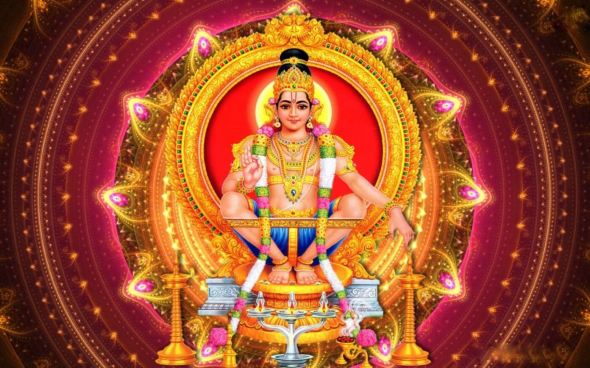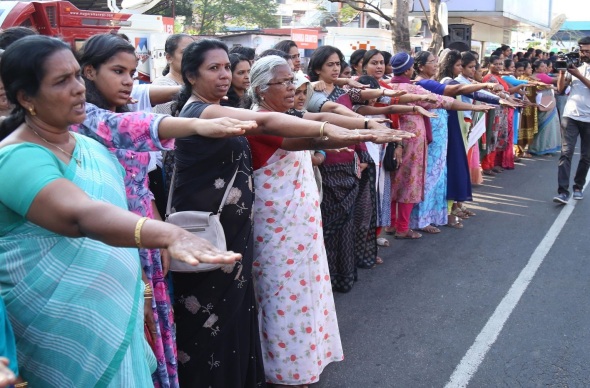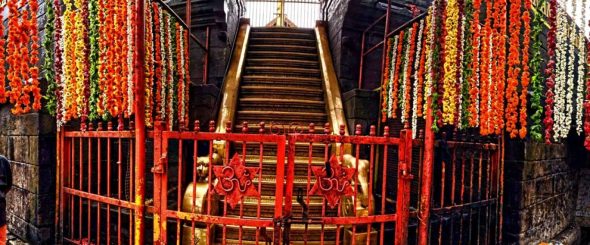Sabarimala Temple: Indian Women Form 620km (385 mile) Human Chain For Equality

(God of the Sabarimala Temple, Ayyappa)
In Kerala India, women have formed a 620km (385 mile) human chain in support of gender equality amidst a row over access to the Sabarimala Shrine. (BBC)
I think it is a very positive thing for women in India to protest for gender equality. Because even though they’re a culture that worships Goddesses, the treatment of real flesh and blood women in India is often problematic. Not only does India have a high rate of female infanticide, but in a list of “most dangerous countries for women,” India tops the list. Levels of violence against women run high. (Straits Times)

India ranked as the most dangerous on three issues – the risks women face from sexual violence and harassment, from cultural and traditional practices, and from human trafficking including forced labour, sex slavery and domestic servitude. (Straits Times)
When I worked at an Indian restaurant, my co-workers often told me that behavior toward women at home was “not good.”
But let’s bring this back to the discussion about the Sabarimala shrine. The Sabarimala shrine was historically closed to women of “menstruating age” – defined as between 10 and 50. And this ban was enforced by a law that was adopted in 1991, because until then, women did reportedly go to the temple in small numbers.
India’s top court overturned the ban in September 2018, but protesters have since attacked female visitors.
The “women’s wall” was organised by the state’s left-wing coalition government.

(Sabarimala Temple)
However, in reading about this protest, one has to keep in mind that the function of a Hindu temple is different than a Christian Church or a Muslim Mosque. Often for Hindus, the temples are places where they believe their Gods and Goddesses live. The Sabarimala temple that the article is talking about is devoted to the deity Ayyappa, the child of Shiva and Mohini (Vishnu’s female form). Specifically, the form of Ayyappa that is worshiped in the temple is in the form of a celibate student. The reason the temple women of menstruating age (10 to 50) from entering the temple is apparently out of respect for the deity’s celibacy.
And what is not captured in the media’s depiction of this issue is the scores of women who took to the streets for #SaveSabarimala, a protest against the supreme court verdict to permit women to enter the temple.

So in terms of temple entrance, the issue may be more complicated than non-hindu readers may understand.
But in terms of marching for gender equality, I think that is a positive thing for women in India.
RELATED LINKS
Indian Metal Band Sceptre Takes a Stand On Violence Against Women (Interview)















Leave a comment